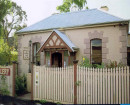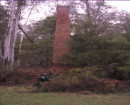GRAVES AND FRASERS MILL
WOMBAT STATE FOREST, OFF PINCHGUT ROAD ROCKLYN, HEPBURN SHIRE
-
Add to tour
You must log in to do that.
-
Share
-
Shortlist place
You must log in to do that.
- Download report
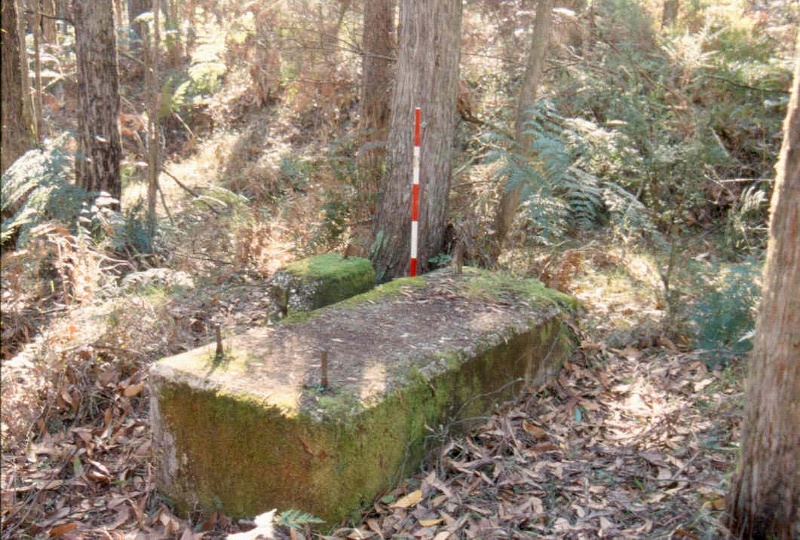

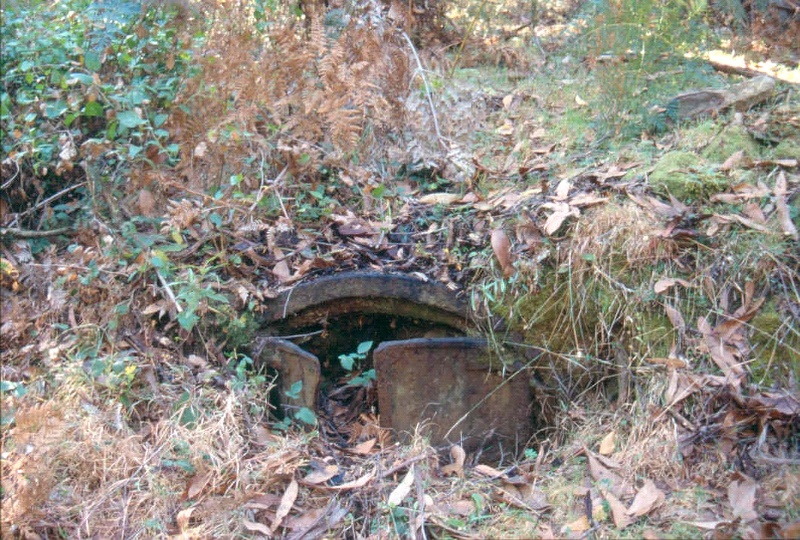
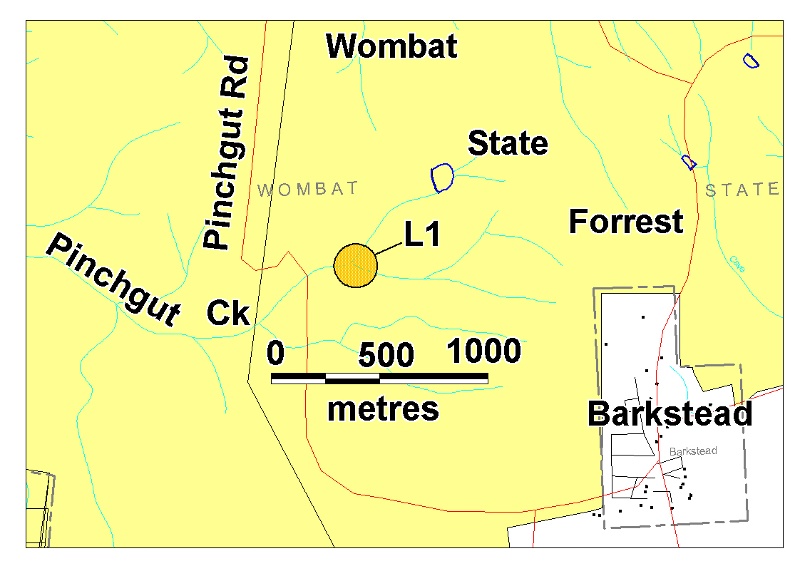
Statement of Significance
What is significant?
Graves and Fraser's Mill is a well preserved example of a nineteenth-century forest sawmill. It was established by George Graves and Thomas Frazer in the western (Bullarook) end of the Wombat Forest near Barkstead, and operated between 1864 and 1881. The site features the remains of a concrete floor and a concrete foundation for a horizontal steam engine, along with another large concrete foundation adjacent. The remains of a stone boiler setting include a set of cast iron fire-doors. Earthworks at the mill include a flat for the log yard, a pit for a vertical breaking-down saw and a cistern for boiler water.
How is it significant?
Graves and Fraser's Mill is archaeological significance to the State of Victoria.
Why is it significant?
Graves and Fraser's Mill is archaeologically important as a rare surviving example of a sawmill in the Bullarook Forest, an area heavily exploited during the early years of the Gold Rush in Victoria. The site has the potential to provide significant information about the technological history of sawmilling and the cultural history of mill settlements.
-
-
GRAVES AND FRASERS MILL - History
George Graves and Thomas Fraser established a large sawmill in the headwaters of Pinchgut Creek in 1864. The plant cut around 8500 super feet per day. A single boiler provided steam for a horizontal engine which drove a large vertical breaking-down saw and a set of rip saws. Logs were brought in by jinker from higher ground to the east, north-east and south-west, taking advantage of the hard ground conditions in the locality even in winter. Sawn timber was dispatched to market using wagons. A small settlement grew up around the mill to house the mill workers, fallers and jinker drivers. In 1868 Graves and Fraser co-operated with the Anderson brothers (who owned a large sawmill at Barkstead) to erect a school and teacher's residence at Barkstead for the children living at both mills.
Graves and Fraser's mill burnt down in 1868 but was rebuilt. Fraser family history suggests that the old saw mill was burnt down by a disgruntled Irish employee who was always turning up drunk, asituation probably made worse given that Thomas Frazer was a loyal Orange Man and not particularly fond of the Southern Irish.
In 1879 George Graves left the partnership to manage the Telegraph Sawmill Company near Daylesford. Frazer continued operating the mill in the headwaters of Pinchgut Creek until 1881 when it burnt down again and was not rebuilt.
GRAVES AND FRASERS MILL - Permit Exemptions
General Exemptions:General exemptions apply to all places and objects included in the Victorian Heritage Register (VHR). General exemptions have been designed to allow everyday activities, maintenance and changes to your property, which don’t harm its cultural heritage significance, to proceed without the need to obtain approvals under the Heritage Act 2017.Places of worship: In some circumstances, you can alter a place of worship to accommodate religious practices without a permit, but you must notify the Executive Director of Heritage Victoria before you start the works or activities at least 20 business days before the works or activities are to commence.Subdivision/consolidation: Permit exemptions exist for some subdivisions and consolidations. If the subdivision or consolidation is in accordance with a planning permit granted under Part 4 of the Planning and Environment Act 1987 and the application for the planning permit was referred to the Executive Director of Heritage Victoria as a determining referral authority, a permit is not required.Specific exemptions may also apply to your registered place or object. If applicable, these are listed below. Specific exemptions are tailored to the conservation and management needs of an individual registered place or object and set out works and activities that are exempt from the requirements of a permit. Specific exemptions prevail if they conflict with general exemptions. Find out more about heritage permit exemptions here.Specific Exemptions:General Conditions: 1. All exempted alterations are to be planned and carried out in a manner which prevents damage to the fabric of the registered place or object. General Conditions: 2. Should it become apparent during further inspection or the carrying out of alterations that original or previously hidden or inaccessible details of the place or object are revealed which relate to the significance of the place or object, then the exemption covering such alteration shall cease and the Executive Director shall be notified as soon as possible. General Conditions: 3. If there is a conservation policy and plan approved by the Executive Director, all works shall be in accordance with it. General Conditions: 4. Nothing in this declaration prevents the Executive Director from amending or rescinding all or any of the permit exemptions. General Conditions: 5. Nothing in this declaration exempts owners or their agents from the responsibility to seek relevant planning or building permits from the responsible authority where applicable.* Preliminary Mineral Exploration work
* Fire suppression duties
* Weed and vermin control
* Public safety
* Rehabilitation, protective and stabilisation works
* Information signage - for interpretation and prevention of public risk
-
-
-
-
-
GRAVES AND FRASERS MILL
 Victorian Heritage Register H2014
Victorian Heritage Register H2014
-
'The Pines' Scout Camp
 Hobsons Bay City
Hobsons Bay City -
106 Nicholson Street
 Yarra City
Yarra City -
12 Gore Street
 Yarra City
Yarra City
-
-




